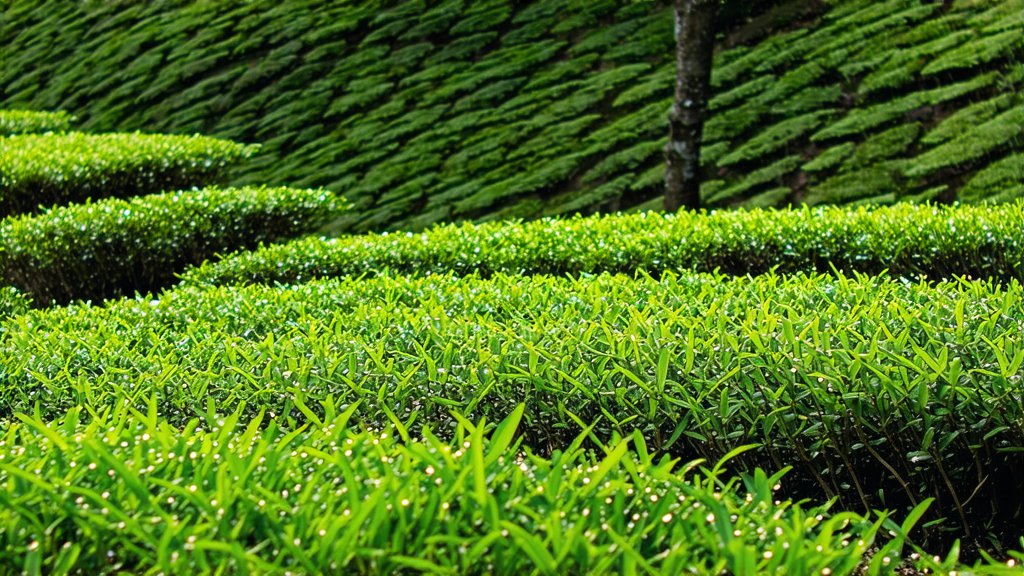
In the vast and diverse landscape of Chinese tea culture, few varieties command as much reverence and admiration as the ethereal Fujian Silver Needle, also known as Bai Mu Dan (白牡丹), which translates to "White Peony." This exquisite white tea, originating from the mountainous regions of Fujian province in southeastern China, stands as a testament to centuries of tea cultivation mastery and an enduring symbol of purity and elegance.
A Glimpse into History
The history of Bai Mu Dan can be traced back to the early Qing Dynasty (1644-1912), making it a relatively young addition to the rich tapestry of Chinese tea heritage. It was during this period that the production techniques for white tea were refined, allowing this delicate variety to flourish. The name "Silver Needle" aptly describes its appearance—long, slender buds covered with fine downy hairs, resembling silver needles, hence the poetic moniker. These buds are carefully harvested before the leaves fully unfurl, capturing the essence of spring in every sip.
Varieties and Classification
Bai Mu Dan is classified under the category of white tea, which is the least processed of all tea types. Unlike green or black teas, white tea undergoes minimal oxidation, preserving its natural color and subtle flavors. The two main types of Bai Mu Dan are distinguished by their picking standards:
- Top Quality Bai Mu Dan: Consists solely of the plumpest buds, without any leaves or stems. This grade represents the pinnacle of purity and refinement.
- Standard Bai Mu Dan: Includes one or two young leaves alongside the buds, offering a more robust flavor profile while still maintaining the characteristic subtleness of white tea.
Both varieties share a common trait—their pale golden liquor, which shimmers like liquid sunlight, hinting at the tea's delicate nature.
Crafting the Perfect Cup: Processing Techniques
The artistry behind Bai Mu Dan lies not only in its selection but also in its meticulous processing. Here's a glimpse into the traditional steps involved:
- Withering: Freshly picked buds are spread out thinly on bamboo mats or trays, exposed to gentle sunlight and fresh air for several hours. This process reduces moisture content while allowing enzymes to initiate a slight oxidation, enhancing the tea's aroma.
- Air Drying: After initial withering, the partially dried tea is moved indoors and further dried using controlled airflow to prevent fermentation. This step ensures the preservation of the tea's natural greenish hue and fresh scent.
- Sorting and Grading: Once dried, the tea undergoes rigorous sorting to separate different grades based on bud size and quality. Premium Bai Mu Dan consists entirely of whole buds, while lower grades may include more leaves and stems.
The result is a tea that embodies simplicity and purity, reflecting the philosophy of "less is more" in both aesthetics and flavor.
The Art of Tasting Bai Mu Dan
To truly appreciate Bai Mu Dan, one must engage in a mindful tasting experience that transcends mere consumption. Here’s how to savor this delicate brew:
- Observation: Begin by admiring the dry leaves, noting their silver sheen and slender form. As they unfurl in hot water, observe the transformation into a dance of pale green and yellow hues.
- Aroma: Inhale deeply to capture the subtle fragrance, often described as floral with hints of honey and fresh hay. The aroma sets the stage for the sensory journey ahead.
- Tasting: Take your first sip slowly, allowing the tea to coat your palate. Note the initial sweetness, followed by a gentle vegetal note and a whisper of fruitiness. The aftertaste should be clean, leaving a refreshing sensation.
- Texture: Pay attention to the mouthfeel; Bai Mu Dan is renowned for its silky smoothness, almost velvety in texture, which complements its light body.
- Reflection: Finally, take a moment to reflect on the experience. Each cup tells a story of the land, the season, and the artisan's skill.
Bai Mu Dan is more than just a beverage; it's an invitation to slow down, connect with nature, and appreciate the finer things in life. Its delicate flavors and aromas evoke a sense of tranquility, making it a perfect companion for moments of introspection or shared conversations.
As you delve into the world of Bai Mu Dan, remember that each cup is a bridge connecting past traditions with present enjoyment, embodying the timeless wisdom and artistry of Chinese tea culture. So, sit back, relax, and let the ethereal elegance of Fujian Silver Needle transport you to a realm where simplicity reigns supreme.